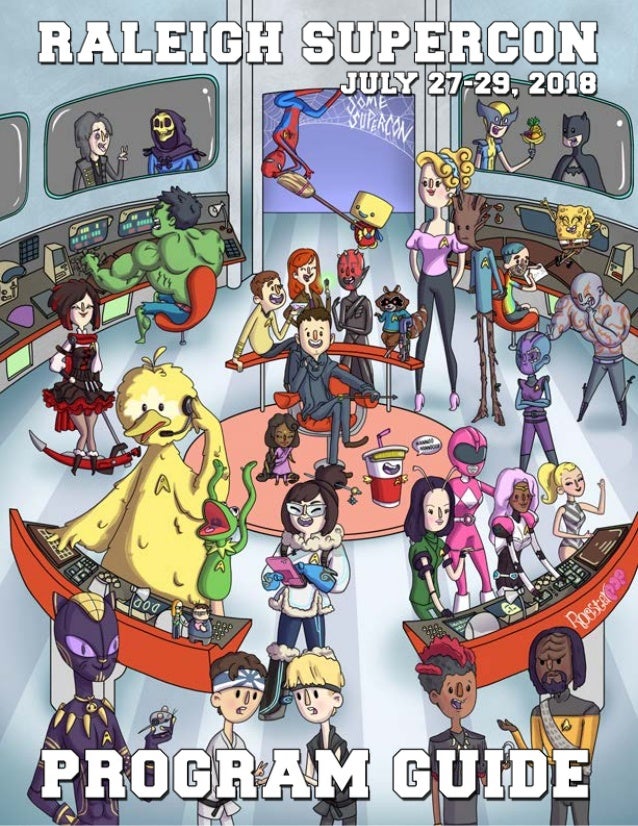

To obtain the optimum tensor parameter distribution, we implement the k-fold cross-validation, a statistical learning method, to determine the hyperparameters of the regularized inverse problem. We also propose an unambiguous representation for the anisotropy parameters using a piecewise polar coordinate system to minimize rank deficiency in the inversion kernel. Because of the ill-conditioned nature of this inverse problem, we investigate the use of the truncated singular value decomposition and the smooth least absolute shrinkage and selection operator based regularization methods, which (a) stabilize the solution and (b) promote sparsity and smoothness in the solution. One important application is the direct inversion of a solid-state nuclear magnetic resonance (NMR) spectrum containing multiple overlapping anisotropic subspectra to obtain a distribution of the tensor parameters.

Many linear inversion problems involving Fredholm integrals of the first kind are frequently encountered in the field of magnetic resonance. 35 For half-integer quadrupolar nuclei, this includes techniques such as dynamicangle spinning (DAS), 36-38 multiple-quantum magic-angle spinning (MQ-MAS), 39,40 and satellite-transition MAS (ST-MAS). For uncoupled spin I = 1/2 nuclei, this includes techniques such as 2D One Pulse (TOP) MAS, 23,24 phase adjusted spinning sidebands (PASS), magic-angle turning (MAT), 28,29 extended chemical shift (XCS) modulation, 30, 31 magic-angle hopping (MAH), 32 magic-angle flipping (MAF), 33 Recoupling Of Chemical Shift Anisotropy (ROCSA), 34 and Variable Angle Correlation Spectroscopy (VACSY). 21,22 Two-dimensional NMR methods that separate and correlate the isotropic and the anisotropic frequency contributions into orthogonal dimensions are often used to determine NMR tensor parameters. Thus, for the same set of R, the multi-dimensional basis subspectra tend to be more distinguishable compared to the onedimensional basis subspectra, leading to less rank deficiency in the kernel, K, and decreased uncertainty when determining the distribution of R. But if a file is dropped to Supercan rather than to the Trash, the countdown starts for it. Supercan is automatically synchronized with the Trash : indeed, they both use the same (hidden) ".Trash" folders.

Supercan was not created to keep files during a long time. The duration is customizable, but should not be more than a few dozen seconds. To avoid such terrible events, Supercan runs a countdown, the effective deletion happening after the delay. You have to make a mistake before it tells you. Supercan, because it is so nice, features the deletion ( shredding ) of a single trash item.īut, you know how your brain works. Once again, it's handy as shaving the head of the whole family, while on the subject. Not to mention the fact that you cannot empty the trash of a USB key (let's say to make room in it, how suprising), without also making your hard disk trash empty. Otherwise, you can also empty the whole trash, which is as handy as shaving your head because of a cowlick. A terminal, an rm command, and that's it. Oh, certainly, for a Unix user, it is very easy to remove an element in the trash. After more that 10 years of hard development, thanks to the groundbreaking technologies provided by Mac OS, we are proud to announce for the very first time, one of the most advanced features ever seen in that system.


 0 kommentar(er)
0 kommentar(er)
